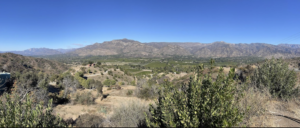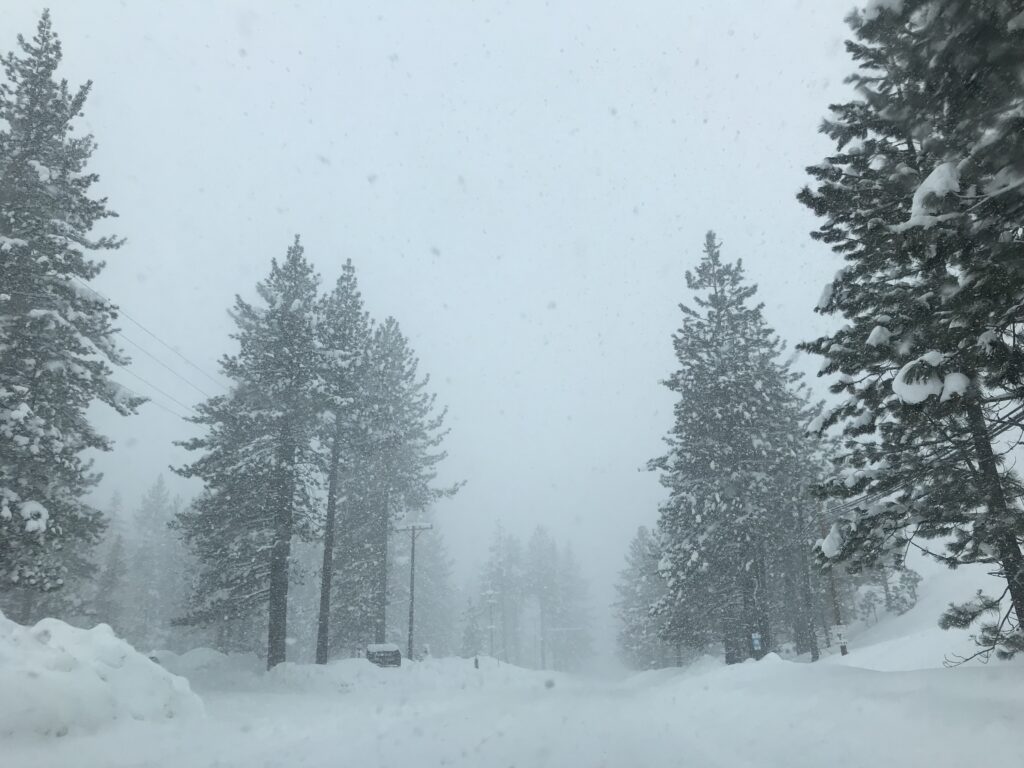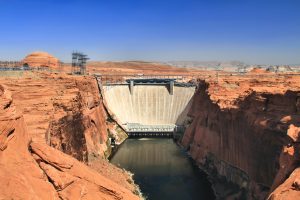
Permaculture Responses to Drought in California
I was thirsty, but I didn’t want to ask for water. This October, the two “lakes” (or rather, water supply reservoirs) I drove by on my way to the farm in Ojai, California – Lake Casita and Lake Cachuma – were both significantly depleted.





